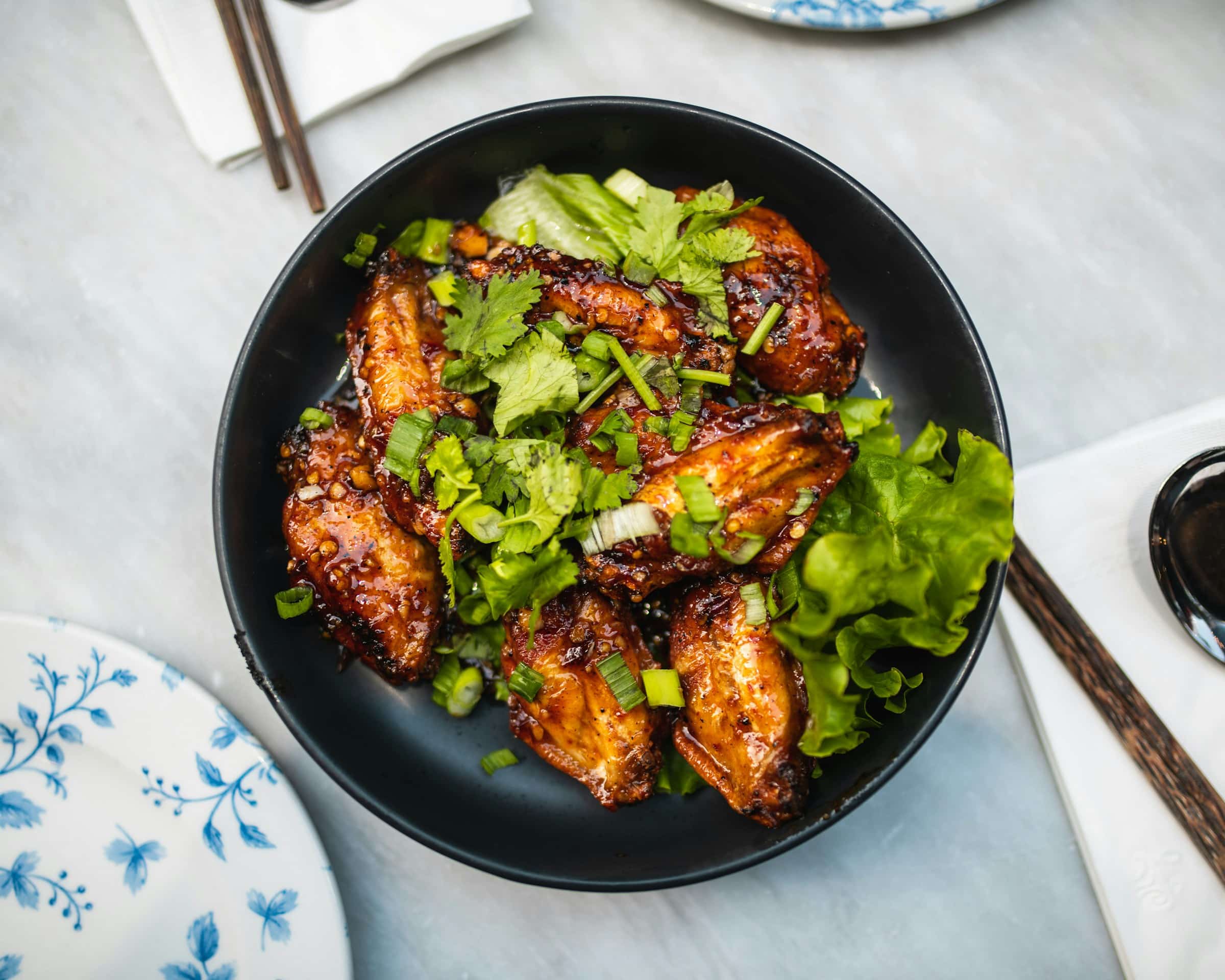In the vast and varied culinary landscape that is Chinese cuisine, one dish has consistently captured the hearts and palates of gourmands worldwide: Mapo Tofu. With its rich, spicy, and complex flavors, this Sichuan classic is beloved for its harmonious blend of textures and tastes. But what is the secret to a truly flavorful Mapo Tofu, especially one imbued with the distinctive aroma of Szechuan peppercorns? Today, we will delve deep into the intricacies of this timeless dish, from selecting the right kind of tofu and mastering the heat of your cooking, to the art of balancing ingredients and the all-important Szechuan peppercorn oil.
Deciphering Mapo Tofu: An Overview
To appreciate the depth of flavors in a Mapo Tofu, it’s crucial to understand its components. The main ingredient is tofu, a versatile soy product renowned for its protein content and silky texture. A traditional Mapo Tofu recipe calls for firm tofu, which can withstand the vigorous stir-frying process without disintegrating.
A lire en complément : How to Prepare a Flavorful Jamaican Jerk Chicken with Authentic Spices?
The unique flavor of Mapo Tofu owes much to the Szechuan peppercorns, a key ingredient in Chinese cooking. These aren’t your run-of-the-mill black or white peppercorns; Szechuan peppercorns deliver a unique citrusy aroma and a tongue-tingling sensation, which adds a layer of complexity to the dish.
Another essential element is the fiery heat from chili oil and additional sauce, often made with fermented broad bean paste. This combination of ingredients results in a dish that is not only visually exciting with its vibrant red hue but also packs a punch in terms of flavor.
A voir aussi : What’s the Key to a Deliciously Crispy Belgian Liege Waffle?
Selecting and Preparing the Star Ingredient: Tofu
When preparing Mapo Tofu, choosing the right kind of tofu is paramount. The ideal choice is firm tofu, which has less water content than its silken counterpart. This ensures that the tofu retains its structure in the dish, offering a satisfying contrast to the softer, saucier components.
To prepare the tofu, first cut it into cubes. Then, you need to blanch it in boiling water. This step helps to remove any possible bitterness in the tofu and makes it more receptive to the flavors of the other ingredients. Drain the tofu well after blanching, ensuring as much water as possible is removed.
The Role of Szechuan Peppercorns and How to Use Them
Szechuan peppercorns form the backbone of Mapo Tofu’s flavor profile. They’re not about heat; instead, they add an intriguing citrusy note and a tingling sensation, a characteristic known as ‘ma’ in Chinese culinary parlance.
To unlock the full potential of these peppercorns, they need to be toasted before use. Heat them in a dry pan until they become aromatic, and then grind them into a fine powder. This powder is then used both in the sauce and as a final sprinkle on the completed dish.
Szechuan peppercorn oil is another way to incorporate this ingredient into your Mapo Tofu. Simply heat oil and add the peppercorns, allowing them to infuse the oil with their signature flavor. This oil adds an extra layer of aroma and enhances the overall flavor of the dish.
Crafting the Perfect Sauce
The sauce in Mapo Tofu is where the magic lies. It’s a delicate balance of flavors and ingredients that come together to create a fiery, flavorful coating for the tofu.
The base of the sauce is chili bean paste, also known as doubanjiang. This fermented paste is a staple in Szechuan cuisine and lends a robust, umami-rich flavor to the dish. Along with this, you’ll add Szechuan peppercorn powder, soy sauce, and a combination of garlic and ginger.
The secret here is to build up the flavors gradually. Start by heating oil and adding the chili bean paste, stirring until the oil takes on a rich red color. Then, add the peppercorn powder, garlic, and ginger, and stir-fry until everything is well combined and aromatic.
Mastering the Right Heat
When cooking Mapo Tofu, heat control is critical. The dish requires a high level of heat to properly sauté the garlic and ginger, as well as to maintain the intense, sizzling effect throughout the cooking process. However, it’s essential not to scorch the ingredients, as doing so would result in a bitter taste that could overshadow the other flavors.
As for the tofu, it needs to be simmered gently in the sauce to allow it to absorb the flavors without falling apart. Therefore, after adding the tofu to the pan, you should lower the heat and allow the dish to simmer gently. This ensures that the tofu is perfectly cooked and imbued with the rich flavors of the sauce.
Adding a Non-Traditional Twist: Chicken
While traditional Mapo Tofu is a primarily vegetarian dish, adding meat such as chicken can provide an additional layer of flavor and texture. The chicken should be marinated with soy sauce and cornstarch before it’s stir-fried with the other ingredients.
The chicken is first cooked in the pan, then removed and set aside. The remaining ingredients are then cooked in the same pan, and the chicken is added back just before the tofu, ensuring it’s well coated with the sauce and perfectly cooked without being overdone.
So, whether you’re a seasoned cook or a novice in the kitchen, keep these tips in mind the next time you’re craving a flavorful and satisfying dish. With the right ingredients, careful preparation, and controlled heat, you can recreate the magic of Chinese Mapo Tofu with Szechuan Peppercorns right at home. You will be rewarded with a dish that is not only visually appealing but also bursting with complex flavors and satisfying textures.
The Splendid Marriage of Flavors: Chili Oil and Fermented Black Beans
Arguably, one of the most intriguing flavors in Mapo Tofu comes from the combination of chili oil and fermented black beans. These two elements bring a depth of flavor and a kick of heat that makes this dish stand out.
Chili oil is a common ingredient in Sichuan cuisine. Made by infusing oil with chili powder or whole dried chilies, it gives Mapo Tofu its fiery red color and a considerable heat level. However, if you’re not a fan of too much spice, you can adjust the amount of chili oil to your liking.
Fermented black beans, also known as douchi, are a cornerstone of Chinese cooking. These beans are fermented and salted, resulting in a powerful umami bomb that enriches the dish. When using fermented black beans, it’s important to rinse them first to remove excess salt and then mash them to release their intense flavor.
To incorporate these two ingredients into your Mapo Tofu, start by heating your chili oil in the pan. Once hot, add the mashed fermented black beans and stir for a few minutes, allowing the beans to infuse their flavor into the oil. With this, you’re on your way to creating a delicious and authentic Mapo Tofu sauce.
The Final Touches: Soy Sauce and Ground Pork
Towards the end of the cooking process, soy sauce and ground pork come into play. While these might sound like simple ingredients, they are integral to enhancing the dish’s overall flavor.
Soy sauce, a staple in Chinese cuisine, adds a salty yet slightly sweet flavor to the dish. It also aids in giving the dish its deep, inviting color. However, be mindful not to overdo it as soy sauce has a strong flavor and can easily overpower the other ingredients.
Ground pork, on the other hand, is a popular non-traditional addition to Mapo Tofu. It complements the silken texture of the tofu and adds a savory element to the dish. To incorporate ground pork, it needs to be stir-fried until golden brown and crumbly, then added to the sauce before the tofu.
Conclusion: Savoring Your Authentic Mapo Tofu
Bringing together the tofu, Sichuan peppercorn oil, chili oil, fermented black beans, soy sauce, and ground pork is where the magic happens. Once combined, they form an exciting and flavorful ensemble that will surely delight your taste buds.
The key to a successful Mapo Tofu lies in patience and attention to detail. From carefully selecting your ingredients to mastering the heat of your cooking, each step is equally important. It’s not just about following a recipe, but understanding the harmony of flavors that Sichuan cuisine offers.
So, when you’re ready to embark on your culinary journey, remember these tips for creating a flavorful Mapo Tofu. Whether you’re trying to replicate your favorite Chinese restaurant’s version or creating a family-friendly adaptation, this guide will help you achieve an authentic and delicious Mapo Tofu with Szechuan Peppercorns. With practice, you might even develop your own signature variation of this beloved dish!






